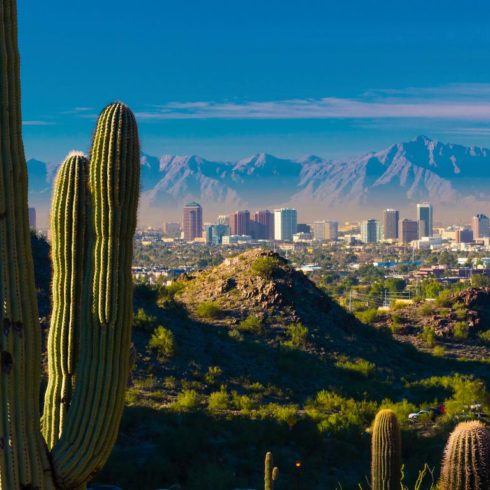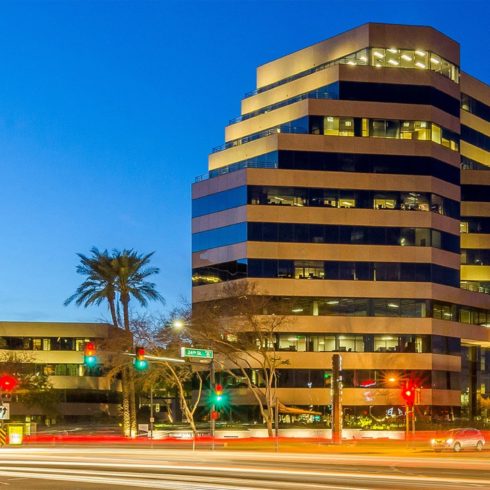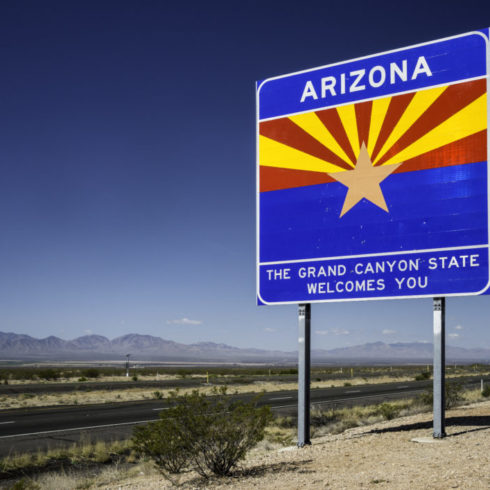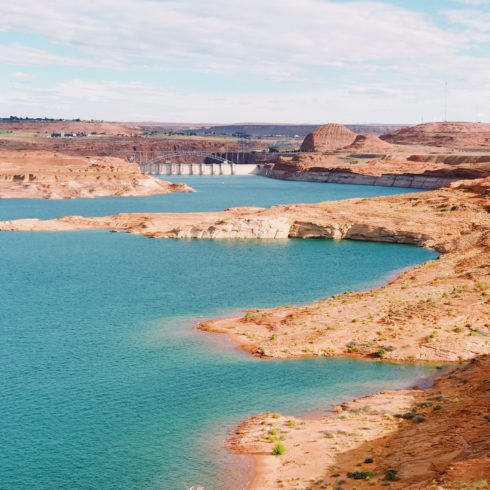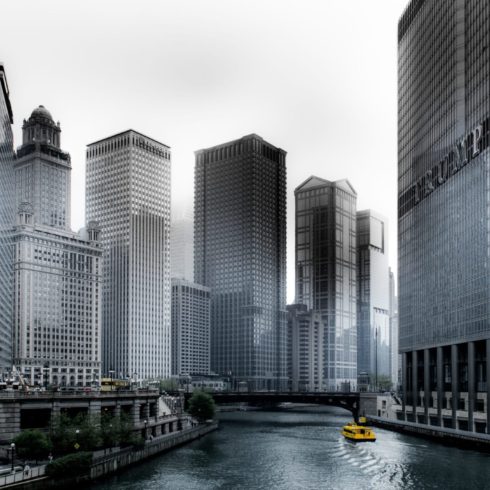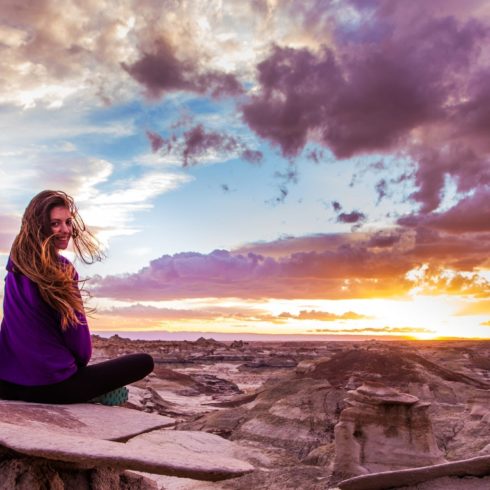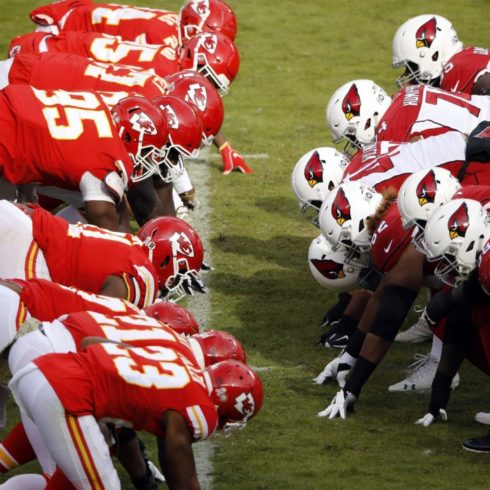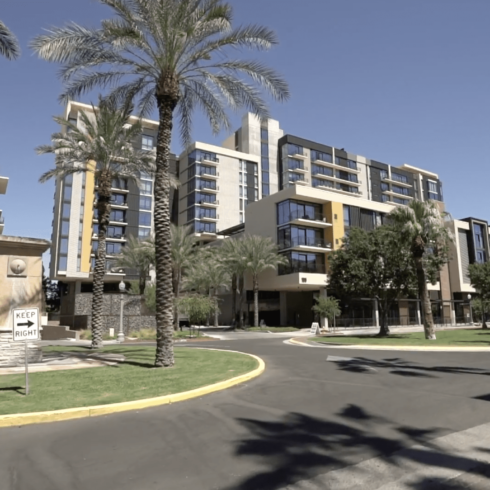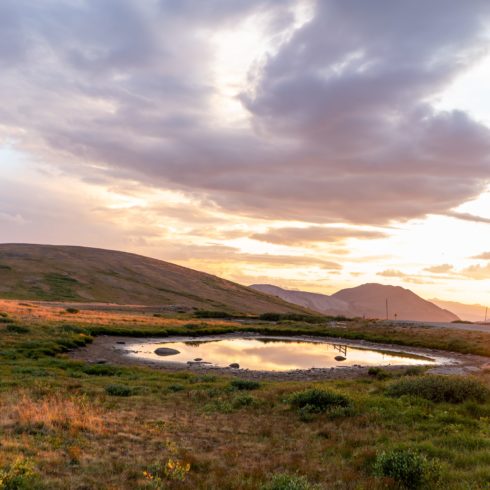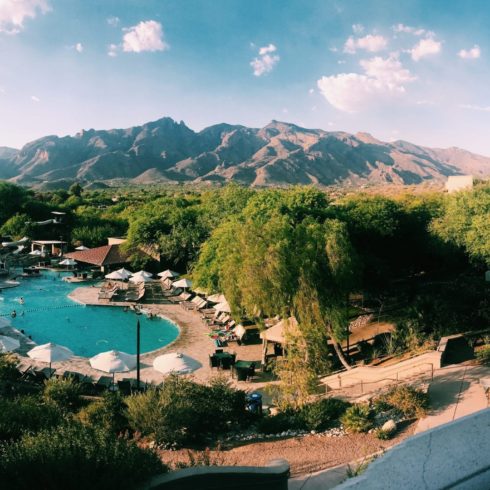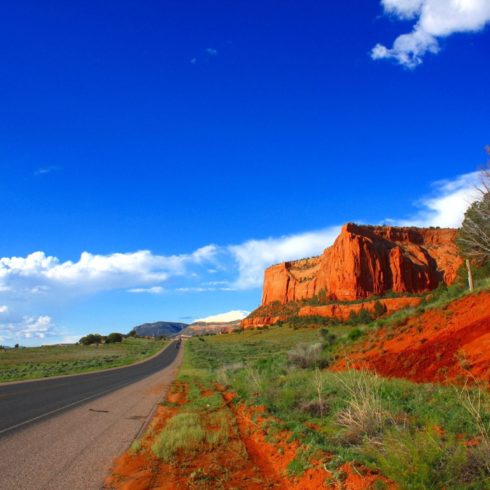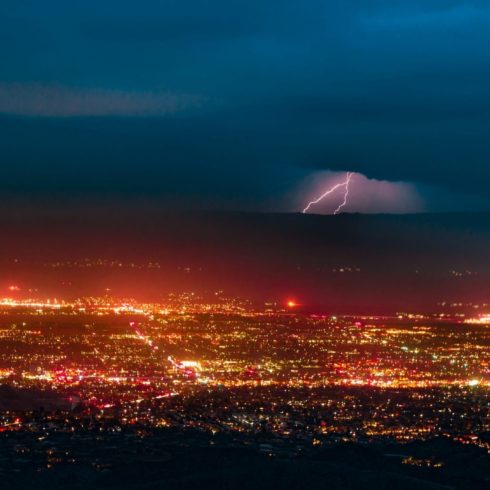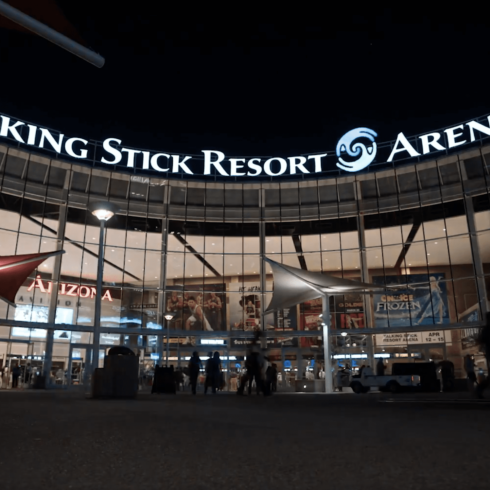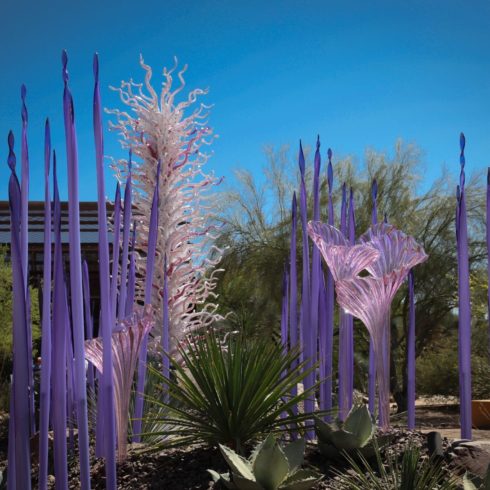Phoenix is the state capital and most populous city in Arizona. About 1,690,992 people call Phoenix home as of the 2019 Census Bureau, making Phoenix the fifth most populous city in the United States. Phoenix is the at the heart of the Phoenix metropolitan area, or “Valley of the Sun.” The Phoenix metropolitan area is the 11th largest by population in the United States, as of 2017, and encompasses some of the most desirable places to live in the country.
Phoenix has rebounded from the 2008 recession like few cities were able to do. Job availability has continued to grow in order to meet the needs of our growing population. The fastest growing employment categories in Phoenix include office and administrative support, sales, food preparation and serving, transportation and moving materials, management, education, business and financial operations, and healthcare.
With tons of variation for housing types, there’s a neighborhood or community to suit anyone’s lifestyle. From the more urban communities of the downtown area to the more rural and scenic properties in the exterior communities, there’s a home for nearly any budget.
Phoenix is a melting pot of different cultures and ways of life. With foreign born residents making up 20.6% of the population, Phoenix has a tremendous amount of unique restaurants, retail, exciting cultural festivals, museums, and more. Some of our most notable museums include the Phoenix Art Museum, Arizona Capitol Museum, and the Scottsdale Museum of Contemporary Art.
Multiple performing arts venues can be found throughout Phoenix, including Phoenix Symphony Hall and Orpheum Theatre. A hotspot for the performing arts, many of the best concerts land in Phoenix. Our state-of-the-art arenas like Talking Stick Resort and Comerica Theatre host some of the most popular musical acts of today, while smaller, more intimate clubs are peppered throughout the valley. Gammage Auditorium in Tempe, the last public building designed by Frank Lloyd Wright, has hosted countless Broadway shows including Phantom of the Opera, The Lion King, and more.
Downtown Phoenix is a great destination for those seeking exciting nightlife, dining, and more. Venues like Crescent Ballroom offer incredible dining, drinks, and live music to enjoy while you eat.
As one of few states to host all four major sports teams, all of our stadiums are conveniently located around the Phoenix metropolitan area. Also host to MLB’s Spring Training Cactus League, there are sports going on in Phoenix all seasons of the year. As many already know, golf is a massively important game to the Valley of the Sun. Not only do we love our beautiful golf courses for recreation purposes, but some of the country’s largest and most exciting golf competitions such as LPGA’s Founder’s Cup, the Phoenix Open of the PGA Tour, and the Waste Management Open.
Students come from all over the country and even world to further their education in Phoenix. Arizona State University being the most notable and largest institution, there are many other institutions of higher learning, including Barrow Neurological Institute, the world’s largest neurological disease treatment and research institution.
Phoenix City History:
The incredibly innovative Hohokam people occupied the Phoenix area for somewhere around 2,000 years. Having created roughly 135 miles of irrigation canals, making the desert land arable, these canals have been renovated and are still in use to this day. It is believed that a long period of drought and severe flooding around 1300 and 1450 led to the Hohokam abandoning the area that would eventually become Phoenix, Arizona.
After the departure of the Hohokam, various Native American tribes lived in small villages and utilized the irrigation systems spread over Gila River Valley. When the Mexican-American War ended in 1848, Mexico ceded its northern territories to the United States. This effectively made the residents in these areas into United States citizens.
When Jack Swilling travelled through the Salt River Valley in 1867, he saw that there was great potential for farming. He formed a modest community that same year about four miles east of what would eventually become Phoenix. Lord Darrell Duppa, an original settler from the Swilling’s party, suggested the name “Phoenix”, as the city would be born from the ruins of a former civilization.
On February 14, 1912, Phoenix became a state capital, as Arizona was admitted to the Union as the 48th state under President William Howard Taft. Since being incorporated, Phoenix has become one of the most forward thinking and desirable places to live for Americans and people all over the world.



